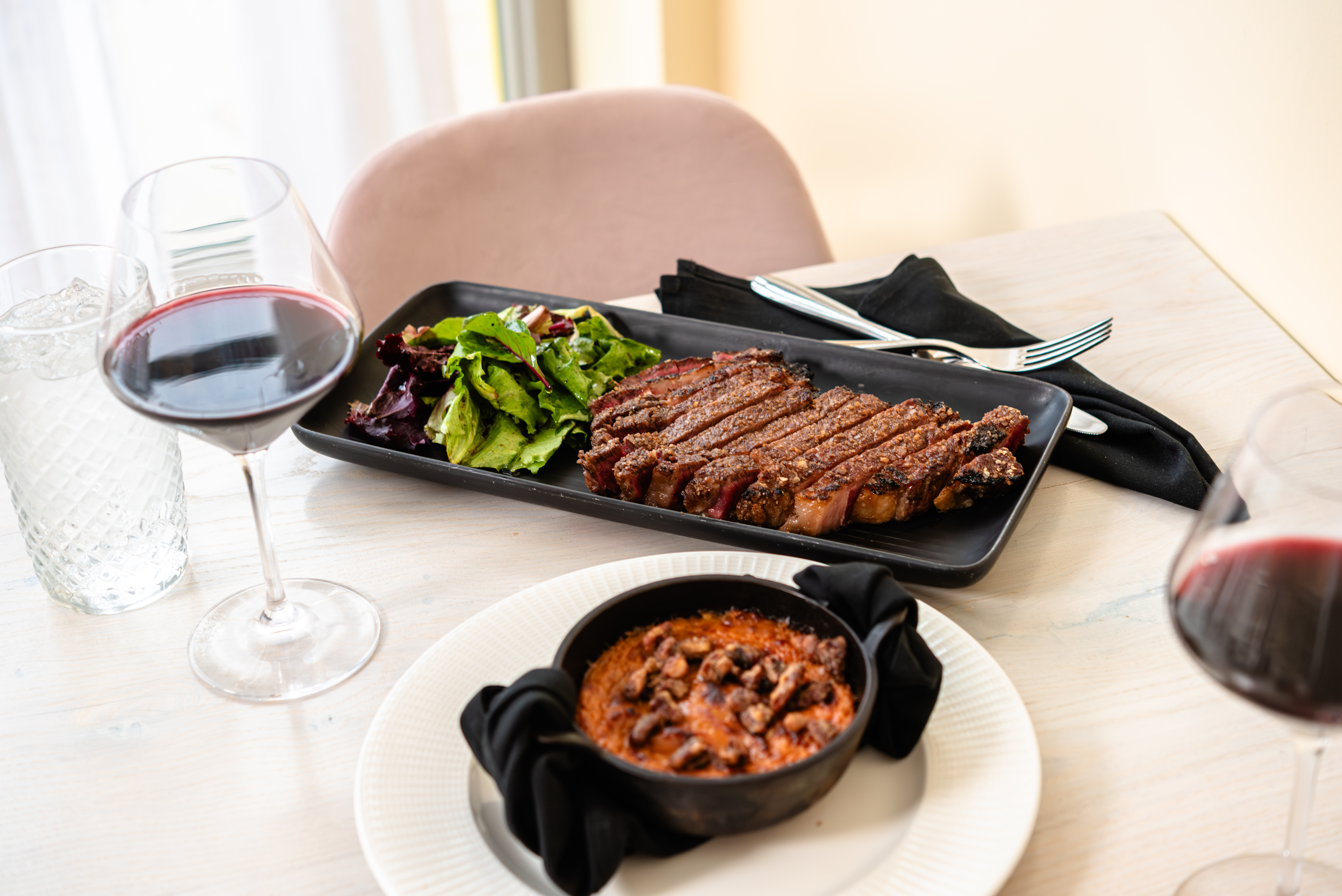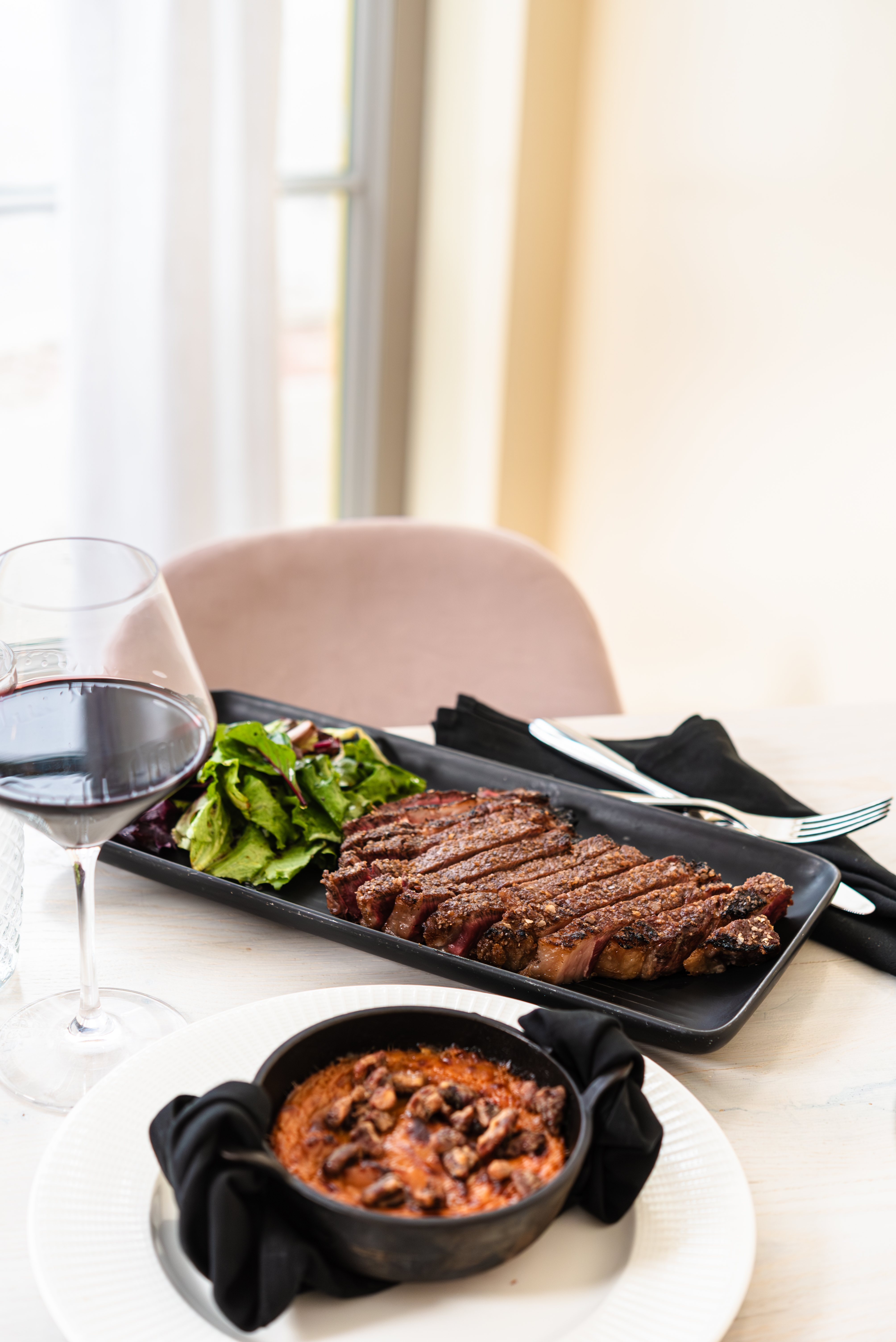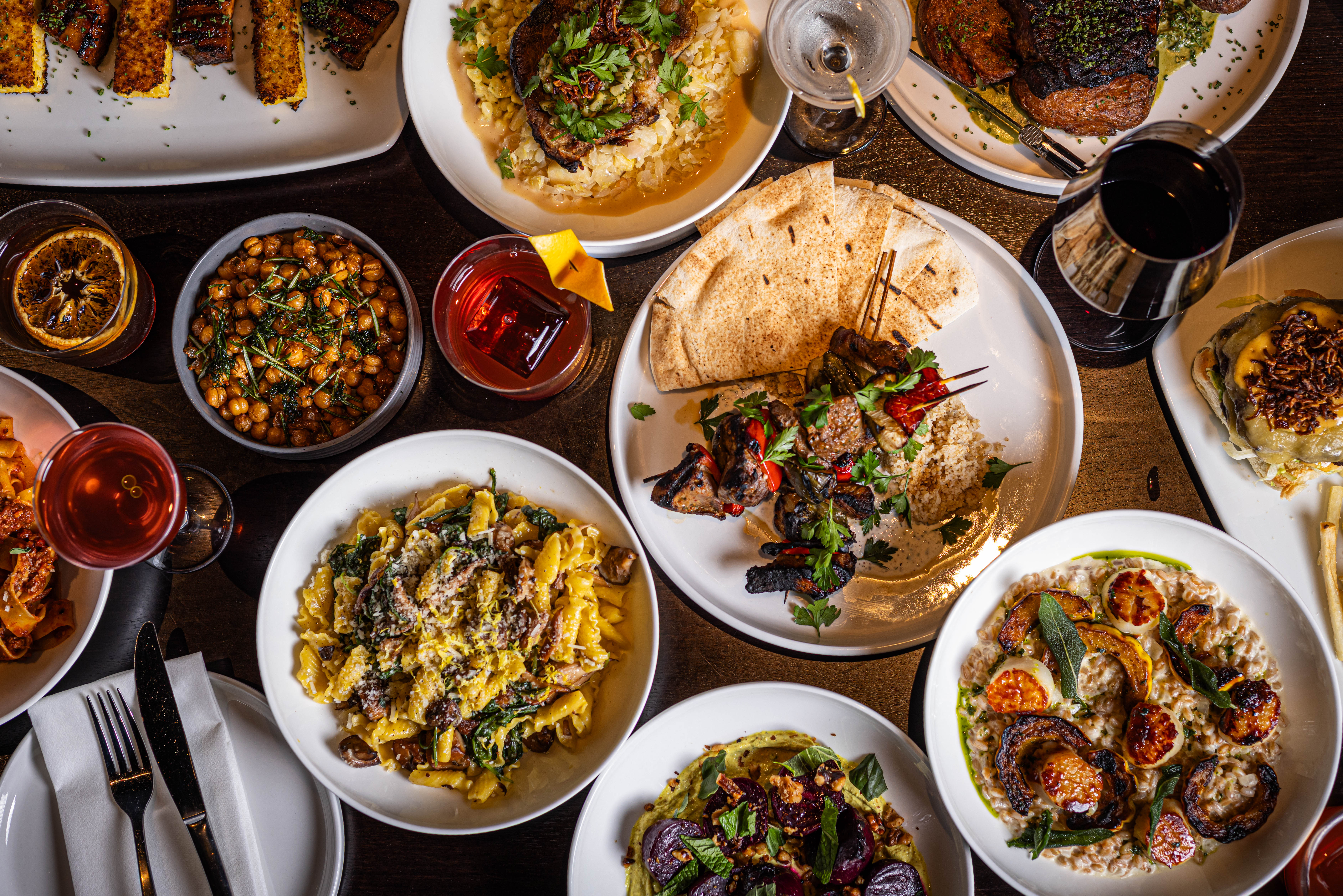For more updates about Cleveland, sign up for our Cleveland Magazine Daily newsletter, delivered to your inbox six times a week.
What is the Future of Our Food System? Future of CLE
by Dillon Stewart | Nov. 21, 2023 | 2:00 PM
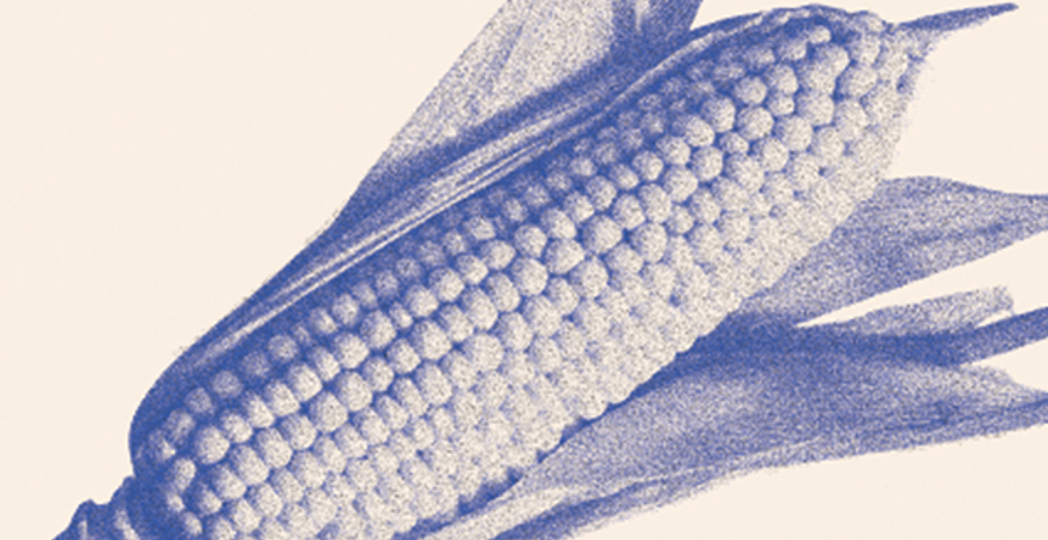
iStock Photo
A robot waiter arrives at your table with a serving of chapulines, a traditional Mexican dish made from spicy grasshoppers that are seasoned and fried, and tacos filled with 3D-printed, plant-based steak. “Yes,” the robot computes, “the cricket flour brownies, topped with a locally grown peach reduction, are keto.”
As our food system get disrupted by climate change, inflation, labor costs and health-conscious trends, local experts see a food future that looks drastically different than today’s grub.
“It’s totally realistic,” says Doug Katz, owner of Amba and Zhug and chef-partner at Provenance Cafe and Morrison Health Care. “I think you’re going to see creativity enhance the experience.”
Yields of corn and soybean, both major Ohio exports, are expected to drop due to climate change. Fewer deep freezes could negatively impact the production of maple syrup, for example. But warmer temperatures could also lengthen Ohio’s growing season and even create opportunities for new crops to thrive, such as stone fruits or higher-
quality grapes for our wine industry.
“We’re noticing things growing in our region that never used to grow here,” says Katz.
As climate change also forces meat producers to contend with feed scarcity, heatstroke and disease in animals, and more extreme weather events, the cost of meat, especially beef, which has already ballooned by double digits, is expected to rise. Plant-based protein replacements, such as chickpea pasta or faux meat, are expected to double their market share in the next decade.
“It’s going to be staggering, the number of manufactured foods — for example, different types of proteins,” says Hope Barkoukis, chair of the department of nutrition at Case Western Reserve University. “We’re barely at the cusp of this whole idea of creating meat in laboratories.”
Beyond flashy changes like robot servers or insect farming, which some laud as a small footprint protein solution, the development of better food technology could also lead to a healthier populace. Food safety tools, such as packaging that changes color when a product goes bad, could help prevent the more than 6,000 deaths from food borne illnesses every year. Katz took a role with Morrison Healthcare, which provides food to the Cleveland Clinic, to help make drab hospital food delicious and nutritious.
Finally, if Cleveland’s population does grow as a climate safe haven, as some have predicted, a more diverse community would be beneficial to Cleveland’s food scene, says Katz, whose successful Indian and Mediterranean small plates restaurants were unimaginable 20 years ago.
“Our food system has been broken. But when it comes to food, there are always solutions to our problems,” says Katz. “Our culture is going to change, and I’m excited for that because as a chef it opens up so much more creativity and possibility.”
From food to art to development, learn more about the Future of Cleveland.
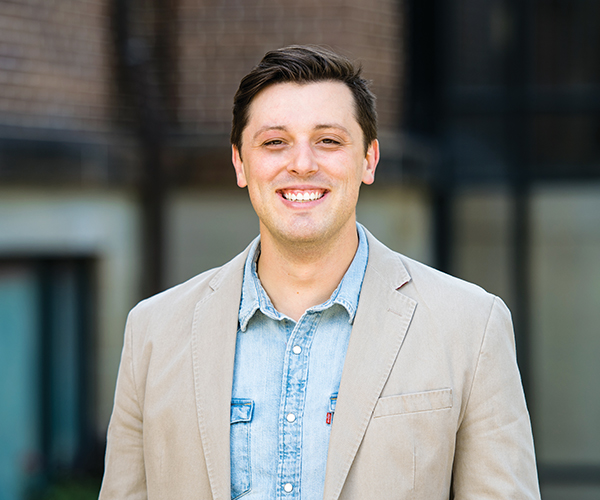
Dillon Stewart
Dillon Stewart is the editor of Cleveland Magazine. He studied web and magazine writing at Ohio University's E.W. Scripps School of Journalism and got his start as a Cleveland Magazine intern. His mission is to bring the storytelling, voice, beauty and quality of legacy print magazines into the digital age. He's always hungry for a great story about life in Northeast Ohio and beyond.
Trending
-
1
-
2
-
3
-
4
-
5





